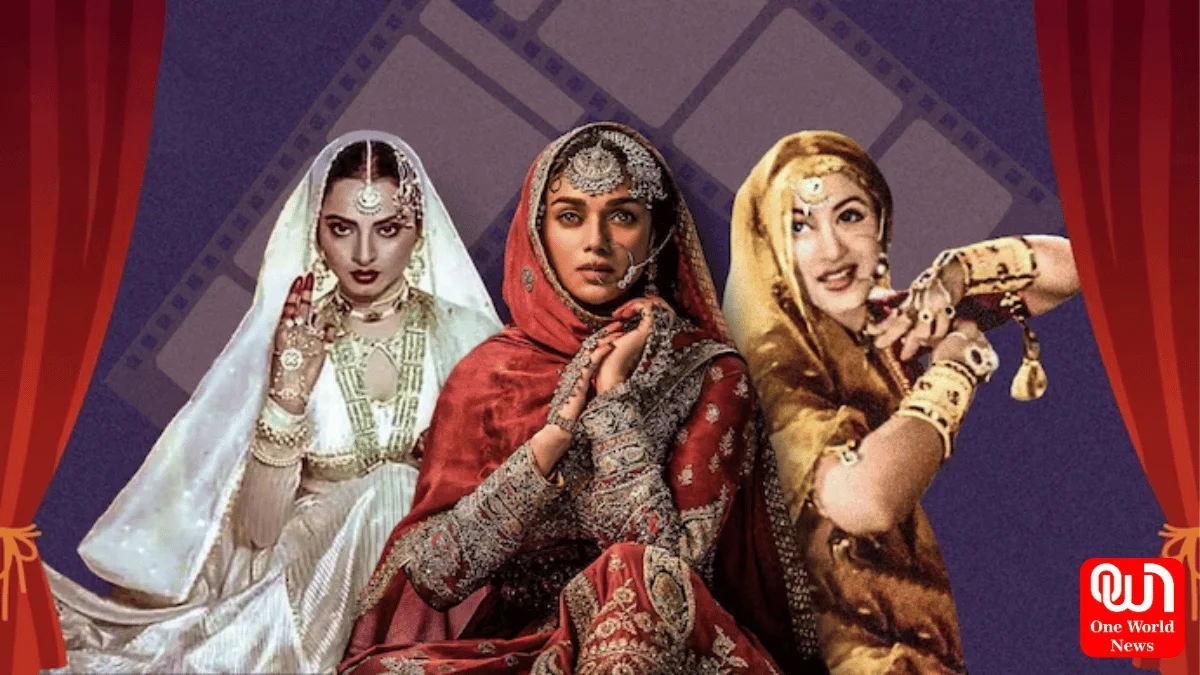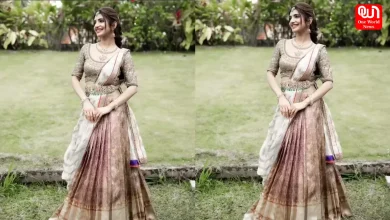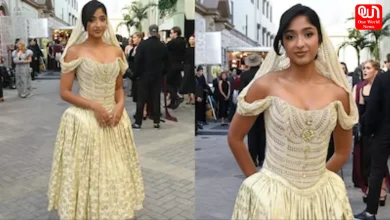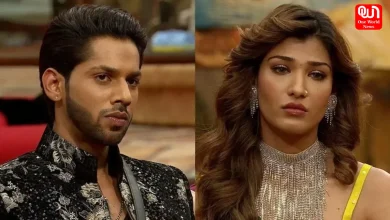Pakeezah to Heeramandi – Tawaifs in Bollywood’s twisted tale
Tawaifs in Bollywood are frequently stereotyped in Hindi cinema, with them depicted as simply dancers or those seeking sex with males.
Tawaifs in Bollywood’s twisted tale, from Pakeezah to Heeramandi
Hindi cinema typically puts forward the image of tawaifs (courtesans) that are simply dancers or those who wish to get men for the sake of sex. Latest of them is the Sansay Leela Bhansali’s movie Heeramandi. This is the story of a class of women that is often not represented on screen, and the reason why Bollywood movies should not be considered a source of history, as Tawaifs in Bollywood are frequently stereotyped.
When we think of tawaifs(courtesans), we think of women wearing silken, heavily embroidered robes while they were dancing to the tunes of sweet and mournful songs or were teaching men the art of pleasure. We visualize a well-rehearsed type of dancing going with Rekha and the captivating Madhubala in the ‘Dil Cheez Kya Hai’ and ‘Jyne Dardan Jyne Marna’ dance performances respectively. Be it Aishwarya Rai’s entrance in her iconic role in Jodhaa Akbar, or more recently the grace of Aditi Rao Hydari in Gaja Gamini from Heeramandi.
Read more –Jaw Dropping Alia in Sabya Saree- Highlights from Met Gala 2024
On the one hand, Indian cinema tried to depict true historically accurate qualities of courtesans, but it couldn’t convey the whole picture of them completely. This lighthearted and romantic image of tawaifs in Hindi cinema is still as hazy now during the 19th century as it had been.
Many picturizations represented courtesans in a stereotypical manner. They were dancing to display whatever they wished to, because now there was no one to question them anymore, declared Manjari Chaturvedi, a Director and the Choreographer and Restorer of the Dance of Courtesans.
The movies based on the lives of courtesans or with characters of tawaif mostly under-represent them and show them as the inferiors in society. Many films in the such as Mughal-e-Azam (1960) by K Asif, Pakeezah (1971) by Kamal Arohi, Khilona (1970) by Chandan Bohra, or Tawaif (1985) by BR Chopra have a mujra scene and women who have hearts of gold and are willing to give up everything, depicts some true story of the life of Tawaif.
A tawaif was used in films anytime a titillating dance or item number was required. If they desired a bad persona, they created the character of a tawaif. If they wanted to show a hero with a broken heart, he would choose a tawaif. “All of this ended up stereotyping the image of a tawaif,” Chaturvedi explained. Courtesans were traditionally educated and gifted women. They learned and wrote poetry under the supervision of their ustaads (teachers). According to Awadhi legend, courtesans were talented persons who taught men to love music, dance, and etiquette while also refining their tastes.
Like this post?
Register at One World News to never miss out on videos, celeb interviews, and best reads.








